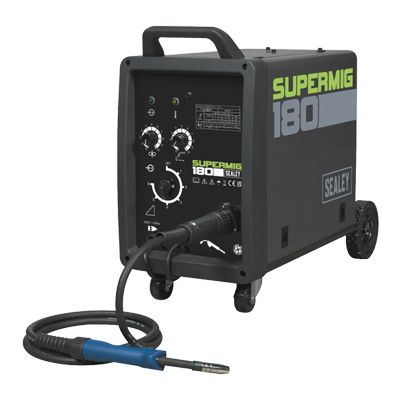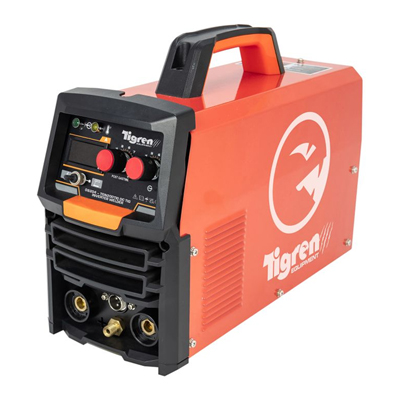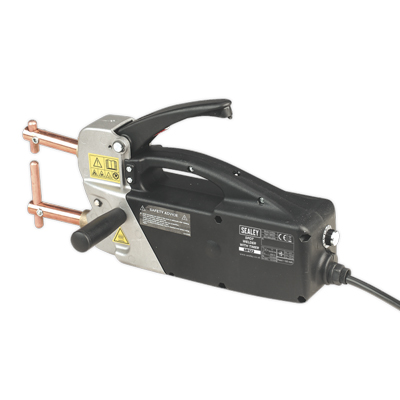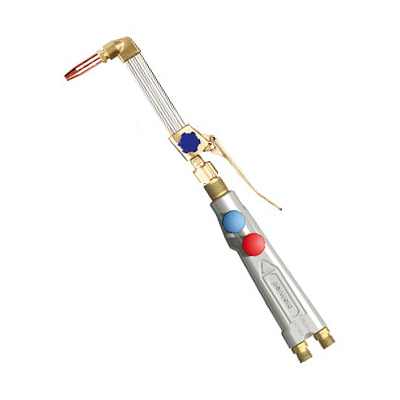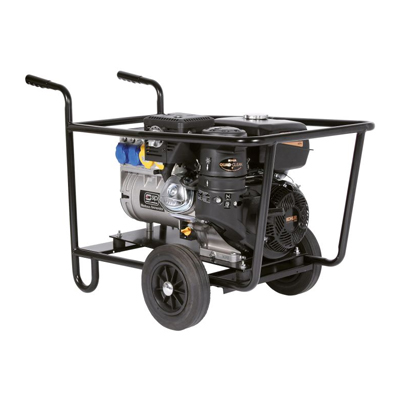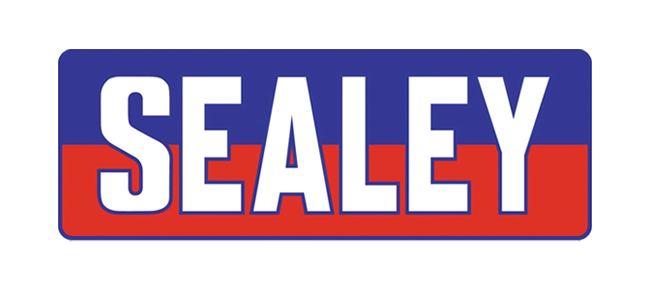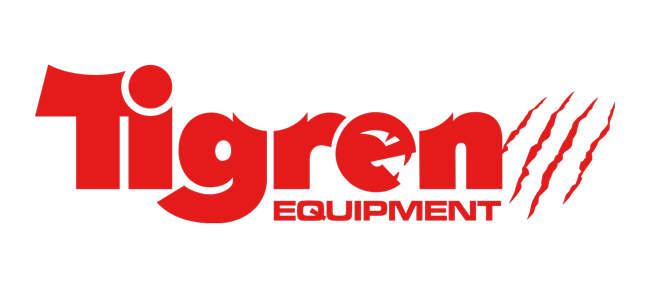Welding Machines
Recommended Products
A Selection of our Top Selling Products at Great Low Prices.
MIG WELDERS - MIG stands for metal inert gas. The MIG arc welder process has a continuously-fed wire electrode that melts in the ARC to form a weld. Like TIG the weld is protected from surrounding air by a mixture of gasses, usually including argon. Alternatively, tubular flux-cored self-shielding wires are available which need no external gas. When using a MIG welder ventilation is needed because of the fumes produced and the slag formed on the weld has to be removed between passes or before painting. MIG welders with solid wire are more commonly used for heavy, thicker work because the continuously-fed electrode wire and ARC length are automatically controlled. MIG weld joints are a lot stronger, more ductile and have less distortion than other welding processes and are ideal for thin metal work, aluminium and alloys. Other things to consider with MIG welding are meter amps and volts, wire speed and position, Ideally a consistent current with very little drop in voltage is required. Duty cycle is also a consideration. The machine will need to be watched to avoid overheating. For example, a 200 amp welder with 30 per cent duty cycle should be operated for no more than three minutes in 10, allowing several minutes for cooling.
MMA WELDERS - MMA inverter welders have many advantages over traditional welders. Both require a transformer to convert incoming current to suitable welding current, but an inverter welder does it more efficiently. They are also much smaller in size, a lot lighter and uses less power. Because they’re more efficient, their duty cycle is also higher. They use very modern electronics so lose very little heat in comparison to traditional machines, giving the smaller inverter machine the ability to use almost all of its input current where an older-style transformer could lose up to 20% efficiency due to heat loss. The modern electronics in inverter welders make it possible to maintain an ARC where a conventional transformer welder would allow the electrode stick to the work. Big 5mm diameter rods can be run on an inverter machine and it’s practically impossible to make them stick to the job. The higher frequency of the output current and computer software to monitor and adjust current and voltage while welding, produces a consistent, smooth ARC that’s easier to strike and to maintain. When running on domestic single-phase power most inverter welder machines do need a 15 amp power outlet. Welding consumables such as electrodes, welding wire and shielding gas typically last longer than when using a traditional welding power supply. Adjustments to current and voltage can be made for different materials and thicknesses, giving the operator tighter control over the job in hand. The small size and low weight of inverter welders make them very popular with many trades so are ideal in general fabrication shops and construction sites making on-site repairs an easy task.
TIG WELDERS - Tungsten inert gas (TIG) welding requires more skill than most other welding methods but is extremely versatile once the skill has been mastered. This type of welding is capable of joining a huge range of metals with variest thicknesses resulting in a neat and precise finish. In the TIG inverter welder process, the ARC jumps between a non-consumable tungsten electrode and the work piece which generates a high temperature. The inert gas shield, usually including argon or another noble gas, prevents weld oxidation. There is no spatter and thin metals are readily welded and with less distortion. The most obvious difference between a TIG welder and an AC/DC welder is the non-consumable tungsten electrode, which is held in the handle. The shielding gas is directed around the weld by a cup or nozzle, designed to withstand the heat of welding. Different sized cups are used for different jobs. Smaller cups for smaller welds and difficult to reach areas. Larger cups for improved gas flow and coverage for bigger weld beads. While there’s no slag to chip off and clean up, TIG requires a very clean prepared surface for quality welds. Any type of foreign matter including cleaning solvents, moisture or dirt will contaminate the weld. TIG welding requires higher skill levels which is something to consider alongside the cost and speed. Although there are cheaper units available, a good TIG welder can cost many hundreds of pounds. TIG welding is a bit slower than other ARC welding so the time spent TIG welding is relatively high. Where time equates money, another process might be more cost-effective.
ARC WELDERS - ARC welders join two pieces of metal together by generating an electric arc (spark) between a metal electrode and the metals to be joined, using high voltage. The heat produced by the arc between positive and negative electrical charge melts the parent metal which mixes with the molten deposits of the coated electrode, or the wire and gas shield. The most common arc welder is the good old ‘stick’ welder. The electrodes (the sticks) are available in different lengths and diameters and look like bits of wire that have been dipped in cement. Arc welding works better than most other methods on dirty or rusty materials and in less than perfect conditions. For big welding jobs, stick welding is comparatively slow, since the consumable electrodes must be replaced every couple of minutes and because slag (the residue from the flux) must be chipped away after the weld is complete. ARC welders can be AC (alternating current) or DC (direct current). Among DC welding advantages you'll have fewer ARC outages, less sticking, less spatter, better-looking welds, easier overhead and vertical up welding. Plus, with DC it’s easier to learn how to weld and you'll get a smoother ARC. DC reverse polarity (electrode positive) provides about 10% more penetration at any given amperage than AC, while DC straight polarity (electrode negative) welds thinner metals better. AC has advantages if welding on material that has become magnetised from friction, such as when grain or water constantly rub against a steel part. In that case, a DC output doesn’t work well because of ‘ARC blow’, where the magnetic field blows the molten filler metal out of the weld puddle. The AC succeeds because AC output alternates between polarities, enabling welding of magnetised parts. A machine rated at between 225 to 300 amps will be capable of handling most everyday jobs that a decent mechanic will need to weld. Beyond that, you might be in for a trip to a specialist welder. In fact, most ARC welding procedures require less than 200 amps. To weld material thicker than about 10mm, simply make multiple passes, this is what the professionals do, even when welding on 1-inch (25mm) structural steel. When buying a machine, the welder’s ‘duty cycle’ is important too. This refers to the number of minutes out of a 10-minute cycle a welder can operate.
PLASMA CUTTERS - The basic plasma cutting process involves creating an electrical channel of superheated, electrically ionized gas i.e. plasma from the plasma cutter itself, through the work piece to be cut, thus forming a completed electric circuit back to the plasma cutter through a grounding clamp. This is accomplished by a compressed gas (oxygen, air, inert and others depending on material being cut) which is blown through a focused nozzle at high speed toward the work piece. An electrical arc is then formed within the gas, between an electrode near or integrated into the gas nozzle and the work piece itself. The electrical arc ionizes some of the gas, thereby creating an electrically conductive channel of plasma. As electricity from the cutter torch travels down this plasma it delivers sufficient heat to melt through the work piece. At the same time, much of the high velocity plasma and compressed gas blow the hot molten metal away, thereby separating, i.e. cutting through, the work piece. Plasma cutting is an effective way of cutting thin and thick materials alike. Hand-held torches can usually cut up to 38mm (1.5") thick steel plate, and stronger computer-controlled torches can cut steel up to 150mm (6") thick. Since plasma cutters produce a very hot and very localized "cone" to cut with, they are extremely useful for cutting sheet metal in curved or angled shapes.
SPOT & STUD WELDERS - Spot welding involves three stages; the first of which involves the electrodes being brought to the surface of the metal and applying a slight amount of pressure. The current from the electrodes is then applied briefly after which the current is removed but the electrodes remain in place for the material to cool. Weld times range from 0.01 sec to 0.63 sec depending on the thickness of the metal, the electrode force and the diameter of the electrodes themselves. The equipment used in the spot welding process consists of tool holders and electrodes. The tool holders function as a mechanism to hold the electrodes firmly in place and also support optional water hoses that cool the electrodes during welding. Tool holding methods include a paddle-type, light duty, universal, and regular offset. The electrodes generally are made of a low resistance alloy, usually copper, and are designed in many different shapes and sizes depending on the application needed. The two materials being welded together are known as the workpieces and must conduct electricity. The width of the workpieces is limited by the throat length of the welding apparatus and ranges typically from 5 to 50" (13 to 130cm). Workpiece thickness can range from 0.008 to 1.25" (0.20 to 32mm). After the current is removed from the workpiece, it is cooled via the coolant holes in the center of the electrodes. Both water and a brine solution may be used as coolants in spot welding mechanisms.
GAS WELDING & CUTTING - Oxy-fuel welding (gas welding) & oxy-fuel cutting (gas cutting) are processes that use fuel gases (or liquid fuels such as gasoline) and oxygen to weld or cut metals. French engineers Edmond Fouché and Charles Picard became the first to develop oxygen-acetylene welding in 1903. Pure oxygen, instead of air, is used to increase the flame temperature to allow localized melting of the workpiece material (e.g. steel) in a room environment. A common propane/air flame burns at about 2,250 K (1,980°C; 3,590°F), a propane/oxygen flame burns at about 2,526 K (2,253°C; 4,087°F), an oxyhydrogen flame burns at 3,073 K (2,800°C; 5,072°F) and an acetylene/oxygen flame burns at about 3,773 K (3,500°C; 6,332°F).
WELDER GENERATORS - Welding power supplies may also use generators or alternators to convert mechanical energy into electrical energy. Modern designs are usually driven by an internal combustion engine but older machines may use an electric motor to drive an alternator or generator. In this configuration the utility power is converted first into mechanical energy then back into electrical energy to achieve the step-down effect similar to a transformer. Because the output of the generator can be direct current, or even a higher frequency AC, these older machines can produce DC from AC without any need for rectifiers of any type, or can also be used for implementing formerly-used variations on so-called heliarc (most often now called TIG) welders, where the need for a higher frequency add-on module box is avoided by the alternator simply producing higher frequency ac current directly.


